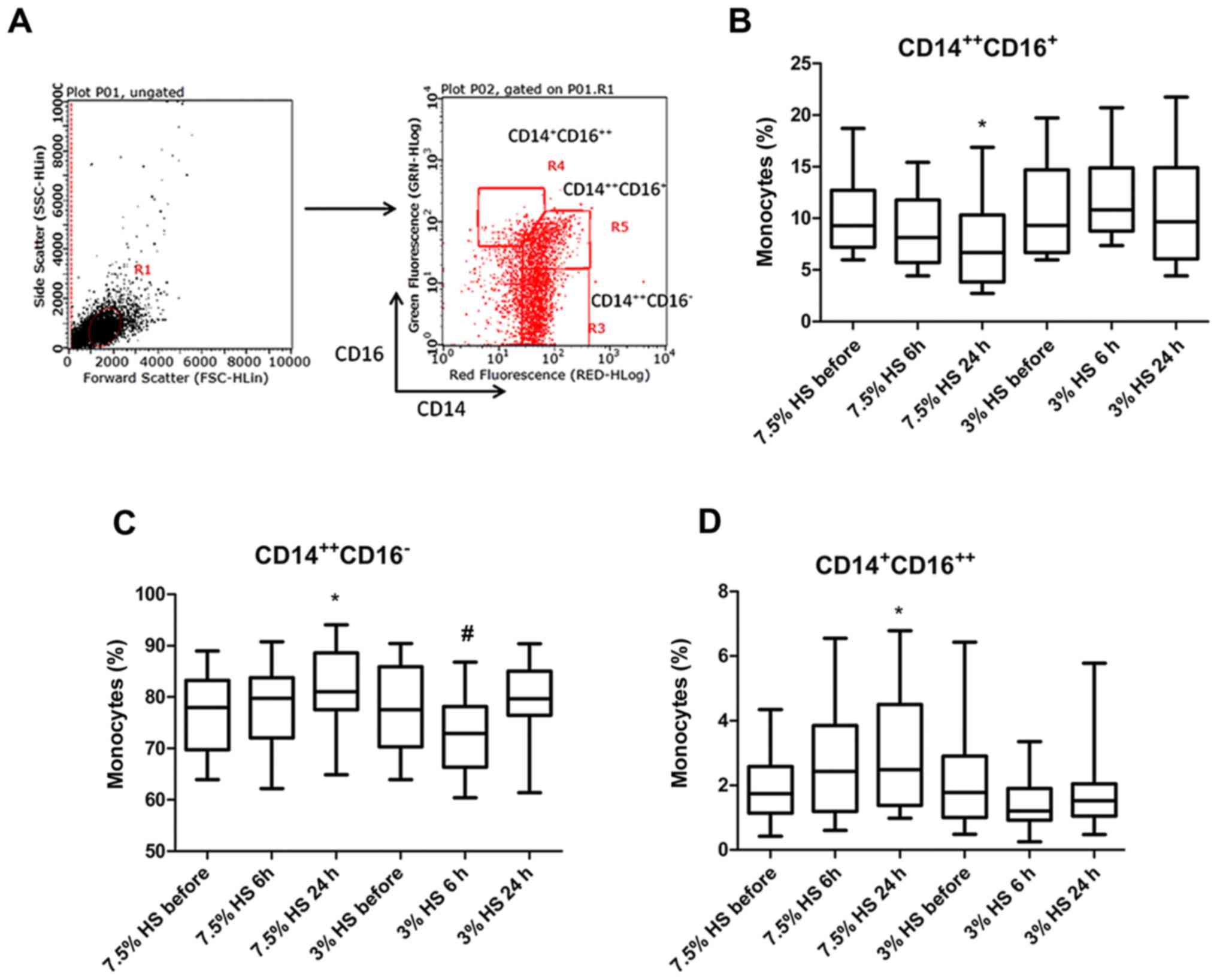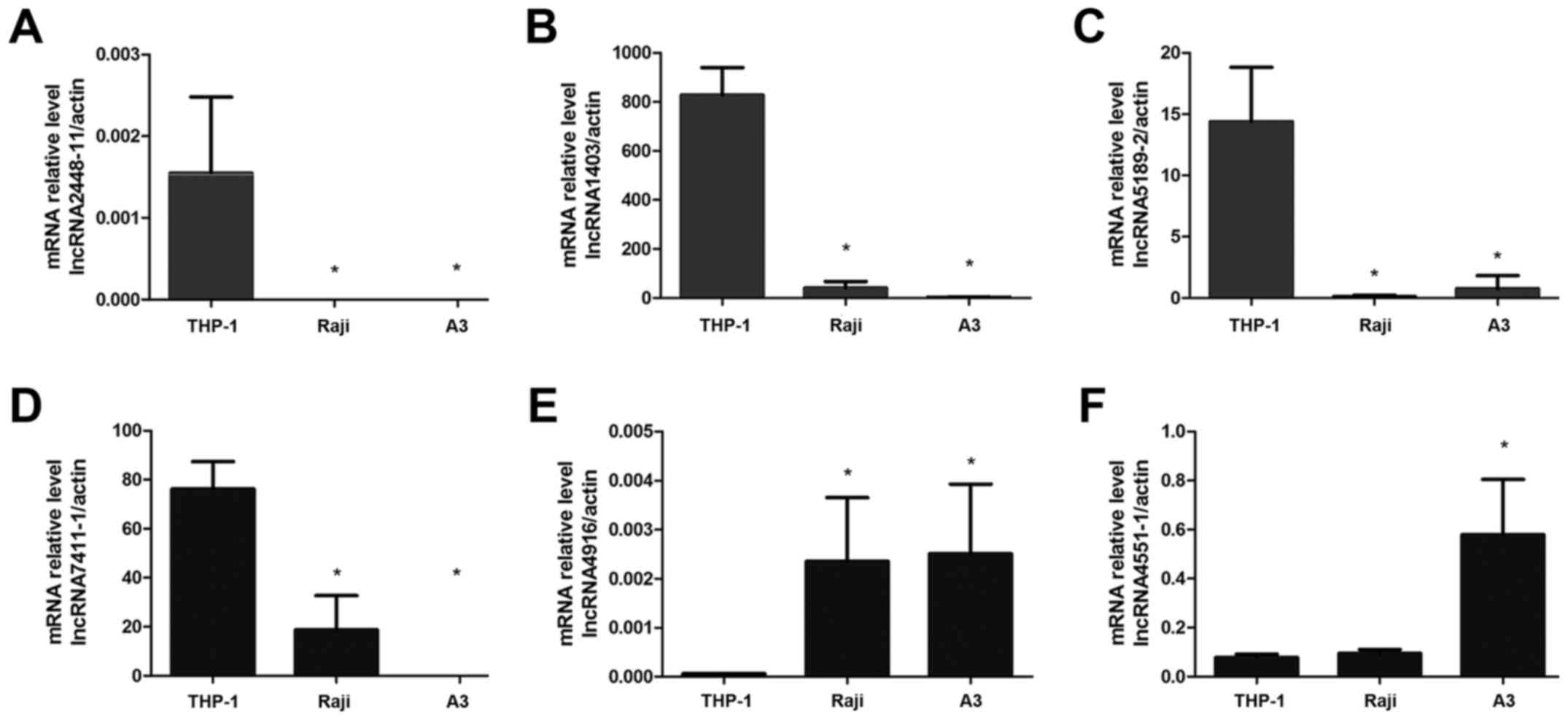|
1
|
Stein SC, Georgoff P, Meghan S, Mizra K
and Sonnad SS: 150 years of treating severe traumatic brain injury:
A systematic review of progress in mortality. J Neurotrauma.
27:1343–1353. 2010. View Article : Google Scholar : PubMed/NCBI
|
|
2
|
Olesen J, Gustavsson A, Svensson M,
Wittchen HU and Jönsson B: The economic cost of brain disorders in
Europe. Eur J Neurol. 19:155–162. 2012. View Article : Google Scholar : PubMed/NCBI
|
|
3
|
Joseph B, Haider A and Rhee P: Traumatic
brain injury advancements. Curr Opin Crit Care. 21:506–511. 2015.
View Article : Google Scholar : PubMed/NCBI
|
|
4
|
Algattas H and Huang JH: Traumatic brain
injury pathophysiology and treatments: Early, intermediate, and
late phases post-injury. Int J Mol Sci. 15:309–341. 2013.
View Article : Google Scholar : PubMed/NCBI
|
|
5
|
Zink BJ, Szmydynger-Chodobska J and
Chodobski A: Emerging concepts in the pathophysiology of traumatic
brain injury. Psychiatr Clin North Am. 33:741–756. 2010. View Article : Google Scholar : PubMed/NCBI
|
|
6
|
Kumar A and Loane DJ: Neuroinflammation
after traumatic brain injury: Opportunities for therapeutic
intervention. Brain Behav Immun. 26:1191–1201. 2012. View Article : Google Scholar : PubMed/NCBI
|
|
7
|
Alali AS, Vavrek D, Barber J, Dikmen S,
Nathens AB and Temkin NR: Comparative study of outcome measures and
analysis methods for traumatic brain injury trials. J Neurotrauma.
32:581–589. 2015. View Article : Google Scholar : PubMed/NCBI
|
|
8
|
Laroche M, Kutcher ME, Huang MC, Cohen MJ
and Manley GT: Coagulopathy after traumatic brain injury.
Neurosurgery. 70:1334–1345. 2012. View Article : Google Scholar : PubMed/NCBI
|
|
9
|
Stojkovic S, Thulin Å, Hell L, Thaler B,
Rauscher S, Baumgartner J, Gröger M, Ay C, Demyanets S, Neumayer C,
et al: IL-33 stimulates the release of procoagulant microvesicles
from human monocytes and differentially increases tissue factor in
human monocyte subsets. Thromb Haemost. 117:1379–1390. 2017.
View Article : Google Scholar : PubMed/NCBI
|
|
10
|
Junger WG, Rhind SG, Rizoli SB, Cuschieri
J, Baker AJ, Shek PN, Hoyt DB and Bulger EM: Prehospital hypertonic
saline resuscitation attenuates the activation and promotes
apoptosis of neutrophils in patients with severe traumatic brain
injury. Shock. 40:366–374. 2013. View Article : Google Scholar : PubMed/NCBI
|
|
11
|
Rasslan R, Utiyama EM, Marques GM,
Ferreira TC, da Costa VA, de Victo NC, Rasslan S and Montero EF:
Inflammatory activity modulation by hypertonic saline and
pentoxifylline in a rat model of strangulated closed loop small
bowel obstruction. Int J Surg. 12:594–600. 2014. View Article : Google Scholar : PubMed/NCBI
|
|
12
|
Rhind SG, Crnko NT, Baker AJ, Morrison LJ,
Shek PN, Scarpelini S and Rizoli SB: Prehospital resuscitation with
hypertonic saline-dextran modulates inflammatory, coagulation and
endothelial activation marker profiles in severe traumatic brain
injured patients. J Neuroinflammation. 7:52010. View Article : Google Scholar : PubMed/NCBI
|
|
13
|
Carpenter S, Aiello D, Atianand MK, Ricci
EP, Gandhi P, Hall LL, Byron M, Monks B, Henry-Bezy M, Lawrence JB,
et al: A long noncoding RNA mediates both activation and repression
of immune response genes. Science. 341:789–792. 2013. View Article : Google Scholar : PubMed/NCBI
|
|
14
|
Wang P, Xue Y, Han Y, Lin L, Wu C, Xu S,
Jiang Z, Xu J, Liu Q and Cao X: The STAT3-binding long noncoding
RNA lnc-DC controls human dendritic cell differentiation. Science.
344:310–313. 2014. View Article : Google Scholar : PubMed/NCBI
|
|
15
|
Rapicavoli NA, Qu K, Zhang J, Mikhail M,
Laberge RM and Chang HY: A mammalian pseudogene lncRNA at the
interface of inflammation and anti-inflammatory therapeutics.
Elife. 2:e007622013. View Article : Google Scholar : PubMed/NCBI
|
|
16
|
Costa FF: Non-coding RNAs: Meet thy
masters. Bioessays. 32:599–608. 2010. View Article : Google Scholar : PubMed/NCBI
|
|
17
|
Teasdale G, Maas A, Lecky F, Manley G,
Stocchetti N and Murray G: The Glasgow Coma Scale at 40 years:
Standing the test of time. Lancet Neurol. 13:844–854. 2014.
View Article : Google Scholar : PubMed/NCBI
|
|
18
|
Livak KJ and Schmittgen TD: Analysis of
relative gene expression data using real-time quantitative PCR and
the 2(-Delta Delta C(T)) method. Methods. 25:402–408. 2001.
View Article : Google Scholar : PubMed/NCBI
|
|
19
|
Hinson HE, Rowell S and Schreiber M:
Clinical evidence of inflammation driving secondary brain injury: A
systematic review. J Trauma Acute Care Surg. 78:184–191. 2015.
View Article : Google Scholar : PubMed/NCBI
|
|
20
|
Lehnardt S: Innate immunity and
neuroinflammation in the CNS: The role of microglia in Toll-like
receptor-mediated neuronal injury. Glia. 58:253–263.
2010.PubMed/NCBI
|
|
21
|
Balabanov R, Goldman H, Murphy S, Pellizon
G, Owen C, Rafols J and Dore-Duffy P: Endothelial cell activation
following moderate traumatic brain injury. Neurol Res. 23:175–182.
2001. View Article : Google Scholar : PubMed/NCBI
|
|
22
|
Carson MJ, Thrash JC and Walter B: The
cellular response in neuroinflammation: The role of leukocytes,
microglia and astrocytes in neuronal death and survival. Clin
Neurosci Res. 6:237–245. 2006. View Article : Google Scholar : PubMed/NCBI
|
|
23
|
Nguyen HX, O'Barr TJ and Anderson AJ:
Polymorphonuclear leukocytes promote neurotoxicity through release
of matrix metalloproteinases, reactive oxygen species, and
TNF-alpha. J Neurochem. 102:900–912. 2007. View Article : Google Scholar : PubMed/NCBI
|
|
24
|
Schwulst SJ, Trahanas DM, Saber R and
Perlman H: Traumatic brain injury-induced alterations in peripheral
immunity. J Trauma Acute Care Surg. 75:780–788. 2013. View Article : Google Scholar : PubMed/NCBI
|
|
25
|
Liao Y, Liu P, Guo F, Zhang ZY and Zhang
Z: Oxidative burst of circulating neutrophils following traumatic
brain injury in human. PLoS One. 8:e689632013. View Article : Google Scholar : PubMed/NCBI
|
|
26
|
Chu AJ: Tissue factor, blood coagulation,
and beyond: An overview. Int J Inflam. 2011:3672842011. View Article : Google Scholar : PubMed/NCBI
|
|
27
|
Lu J, Goh SJ, Tng PY, Deng YY, Ling EA and
Moochhala S: Systemic inflammatory response following acute
traumatic brain injury. Front Biosci (Landmark Ed). 14:3795–3813.
2009. View Article : Google Scholar : PubMed/NCBI
|
|
28
|
D'Mello C, Le T and Swain MG: Cerebral
microglia recruits monocytes into the brain in response to tumor
necrosis factoralpha signaling during peripheral organ
inflammation. J Neurosci. 29:2089–2102. 2009. View Article : Google Scholar : PubMed/NCBI
|
|
29
|
Maier B, Schwerdtfeger K, Mautes A,
Holanda M, Müller M, Steudel WI and Marzi I: Differential release
of interleukines 6, 8, and 10 in cerebrospinal fluid and plasma
after traumatic brain injury. Shock. 15:421–426. 2001. View Article : Google Scholar : PubMed/NCBI
|
|
30
|
Kadhim HJ, Duchateau J and Sébire G:
Cytokines and brain injury: Invited review. J Intensive Care Med.
23:236–249. 2008. View Article : Google Scholar : PubMed/NCBI
|
|
31
|
Summy-Long JY and Hu S: Peripheral osmotic
stimulation inhibits the brain's innate immune response to
microdialysis of acidic perfusion fluid adjacent to supraoptic
nucleus. Am J Physiol Regul Integr Comp Physiol. 297:R1532–R1545.
2009. View Article : Google Scholar : PubMed/NCBI
|
|
32
|
Woodcock T and Morganti-Kossmann MC: The
role of markers of inflammation in traumatic brain injury. Front
Neurol. 4:182013. View Article : Google Scholar : PubMed/NCBI
|
|
33
|
Carpenter S: Long noncoding RNA: Novel
links between gene expression and innate immunity. Virus Res.
212:137–145. 2016. View Article : Google Scholar : PubMed/NCBI
|
|
34
|
Cui H, Xie N, Tan Z, Banerjee S,
Thannickal VJ, Abraham E and Liu G: The human long noncoding RNA
lnc-IL7R regulates the inflammatory response. Eur J Immunol.
44:2085–2095. 2014. View Article : Google Scholar : PubMed/NCBI
|
|
35
|
Li Z, Chao TC, Chang KY, Lin N, Patil VS,
Shimizu C, Head SR, Burns JC and Rana TM: The long noncoding RNA
THRIL regulates TNFα expression through its interaction with
hnRNPL. Proc Natl Acad Sci USA. 111:1002–1007. 2014. View Article : Google Scholar : PubMed/NCBI
|
|
36
|
Gyoneva S and Ransohoff RM: Inflammatory
reaction after traumatic brain injury: Therapeutic potential of
targeting cell-cell communication by chemokines. Trends Pharmacol
Sci. 36:471–480. 2015. View Article : Google Scholar : PubMed/NCBI
|
|
37
|
Wang CF, Zhao CC, Weng WJ, Lei J, Lin Y,
Mao Q, Gao GY, Feng JF and Jiang JY: Alteration in long non-coding
RNA expression after traumatic brain injury in rats. J Neurotrauma.
34:2100–2108. 2017. View Article : Google Scholar : PubMed/NCBI
|
|
38
|
Sordillo PP, Sordillo LA and Helson L:
Bifunctional role of pro-inflammatory cytokines after traumatic
brain injury. Brain Inj. 30:1043–1053. 2016. View Article : Google Scholar : PubMed/NCBI
|
|
39
|
Liu L, Sun T, Liu Z, Chen X, Zhao L, Qu G
and Li Q: Traumatic brain injury dysregulates microRNAs to modulate
cell signaling in rat hippocampus. PLoS One. 9:e1039482014.
View Article : Google Scholar : PubMed/NCBI
|















